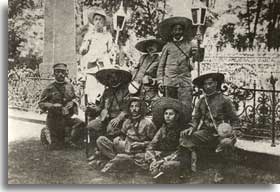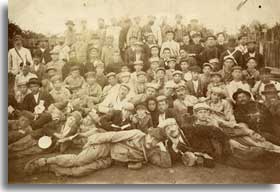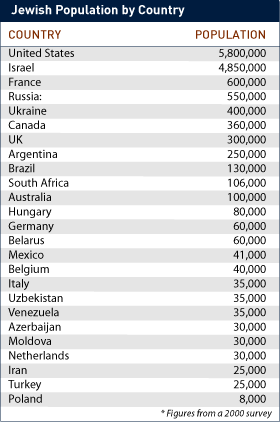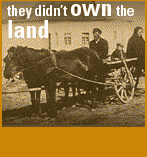

Migrations


An important Jewish response to the increased pressures placed upon them as a people, is revealed in the monumental migration of Jews out from Eastern Europe. Between 1881 and 1931, this emigration out of Eastern Europe occurred amidst a larger trend of migration throughout the world, particularly from Europe to the New World. During these decades of steady uprooting, every society involved was profoundly changed. The emigration of nearly three million Jews away from Europe during this period, a loss of about 1/3 of the continent's Jews mainly from Eastern Europe, had an enormous effect on Jewish culture.
Following in the great tradition of immigrants, these unsettled Jews left their long-standing homes in the Yiddish worlds of Poland and Russia in the hope of escaping pogroms, political violence, persecution, and economic hardships.They dreamed of gaining a bit of the freedom and riches available in the West. The Jews largely emigrated to the United States, Latin America, Palestine, Canada, and South Africa, in that order. Although roughly 180,000 of those migrants went to Palestine as Zionist pioneers, the greatest wave of immigration there did not begin until the 1940s and 1950s.


Between 1881 and 1931, the United States was, by a great margin, the primary destination, with almost 2.5 million Jewish newcomers. Moreover, in that era, newly arrived Jews formed vital, crowded, and largely impoverished enclaves throughout the great cities of the eastern United States, including New York, Philadelphia, Boston, and Chicago. In 1924, following years of argument and wrangling, the United States Congress enacted new immigration restrictions and quotas in the effort to halt the large flow of Jews, Southern Europeans, and Chinese to the country. These new regulations favored immigrants of the "Nordic race," and Jewish numbers dropped off greatly thereafter. The second most popular Jewish destination was Latin America, which welcomed some 275,000 Jews during the same period, largely to Argentina and Brazil. This resulted in establishing Buenos Aires as the host of one of the world's largest Jewish communities.

In the most densely populated Jewish quarters of these newly settled cities - whether New York, Montreal, Buenos Aires, or Johannesburg - Jews initially replicated their former Eastern European lives, only this time in a wholly new environment. In less concentrated Jewish communities, the ability to retain religious, linguistic, and cultural customs was incrementally more difficult. In some smaller Jewish communities, Jews did manage to recreate a Jewish cultural life for themselves in some form, a great testament to their desire for cultural continuity.
Today, the population of Jews in the Diaspora, that is those living outside of Israel, still reflects this initial pattern of migration. Of the roughly thirteen million Jews in the world today, eleven countries on six continents contain the vast majority. The figures cited in the chart were gathered during a 2000 Jewish population survey.












